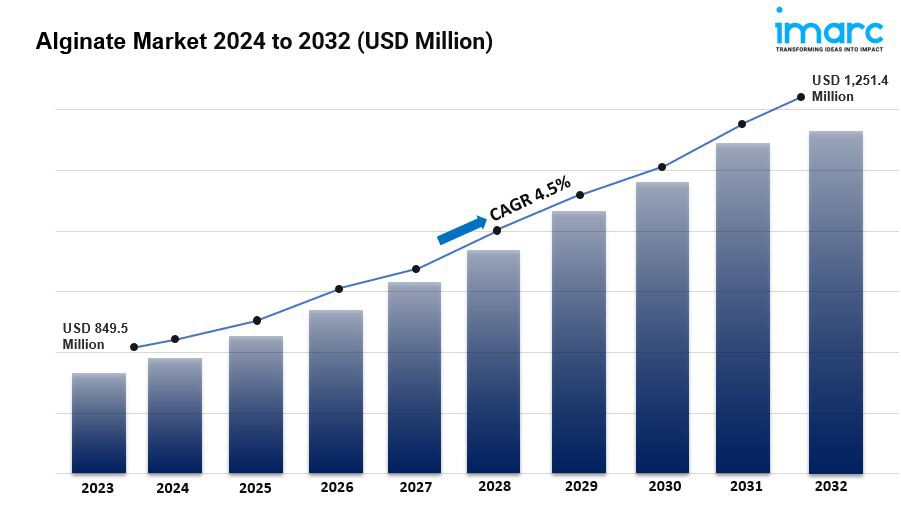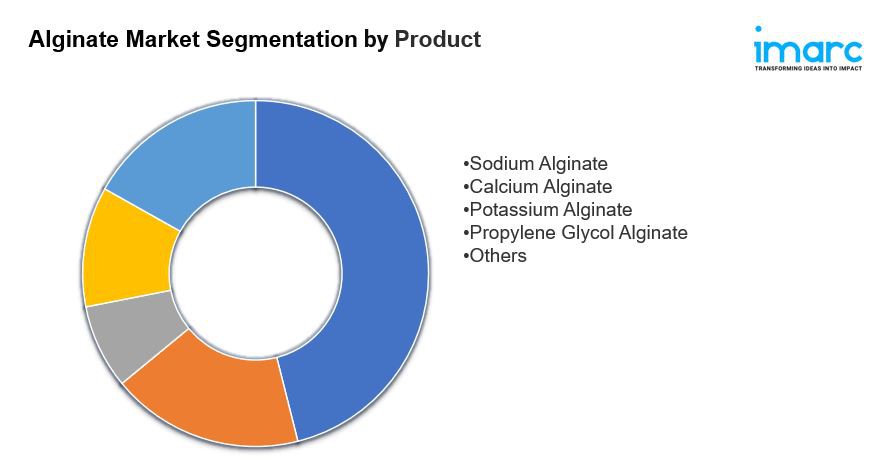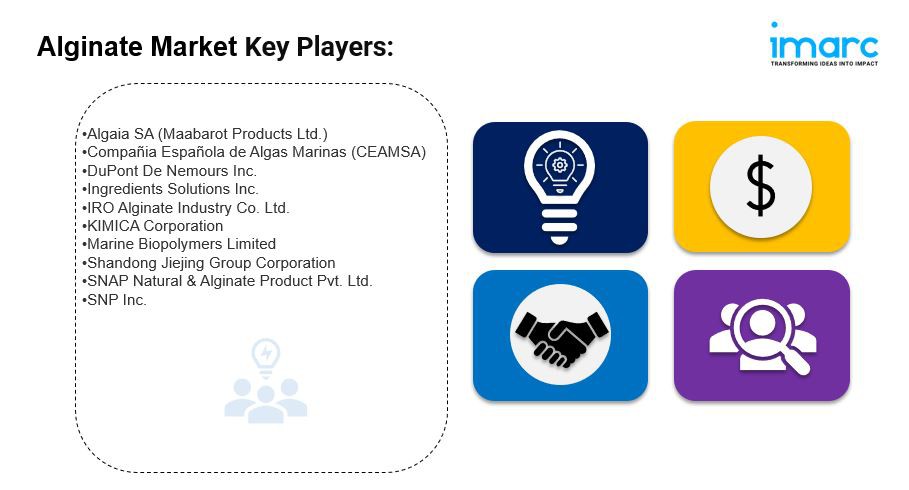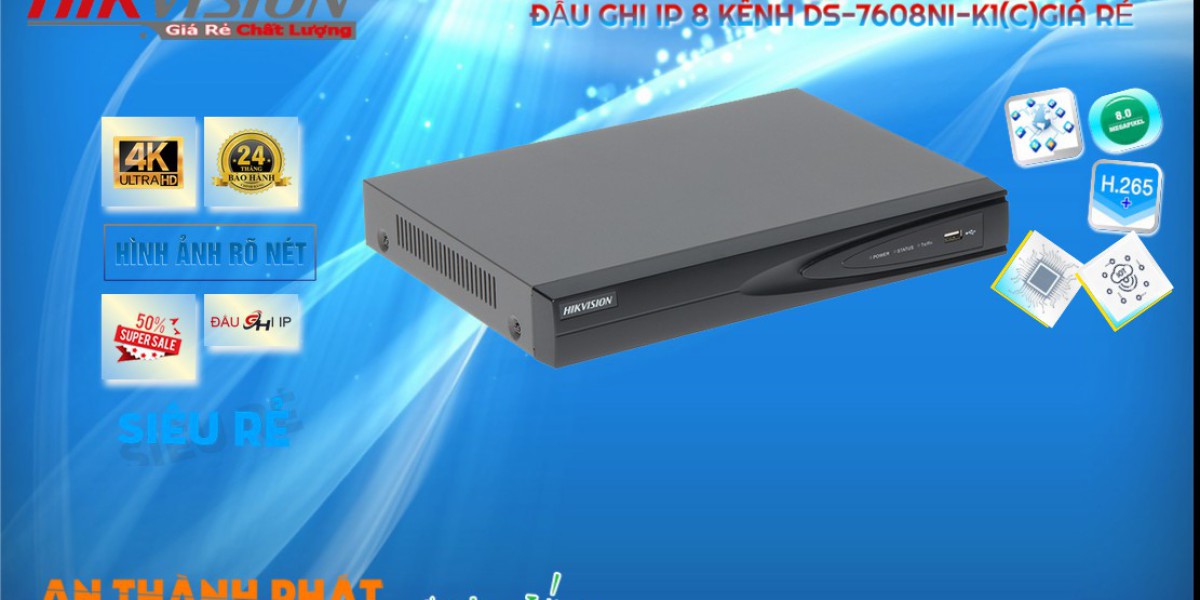Summary:
- The global alginate market size reached US$ 849.5 Million in 2023.
- The market is expected to reach US$ 1,251.4 Million by 2032, exhibiting a growth rate (CAGR) of 4.5% during 2024-2032.
- Europe leads the market, accounting for the largest alginate market share due to rising demand for natural food additives.
- High G accounts for the majority of the market share in the type of segment because of its superior gel forming abilities.
- Propylene glycol alginate holds the largest share in the alginate industry owing to its excellent emulsifying and stabilizing abilities.
- Food and beverages remain a dominant segment in the market as alginate is widely used for enhancing the texture and stabilizing foods and drinks.
- The rising product demand in the food industry is a primary driver of the alginate market.
- Expanding pharmaceutical applications and the significant growth in the cosmetics industry are further reshaping the alginate market size.

Industry Trends and Drivers:
Rising Demand in the Food Industry: The growing demand for processed and convenience foods is significantly driving the alginate market. Alginate, derived from brown seaweed, is widely used as a thickening, gelling, and stabilizing agent in various food applications. Its ability to improve the texture and consistency of products makes it essential in the production of dairy products like ice cream, yogurt, and cream-based sauces. In addition, alginate's gelling properties are utilized in creating restructured foods, such as artificial caviar and fish products, where its ability to form heat-stable gels is particularly advantageous. The rise in consumer preference for ready-to-eat (RTE) meals and processed foods has led to an increasing reliance on alginate as a food additive. This trend is more pronounced in urban areas where busy lifestyles drive demand for convenient food options.
Expanding Pharmaceutical Applications: Alginate's role in the pharmaceutical industry has grown steadily due to its biocompatibility, biodegradability, and non-toxic nature. Its most common use is in wound care, where alginate-based dressings are highly absorbent and effective in managing exudate, making them ideal for chronic wounds like ulcers and burns. The pharmaceutical sector also uses alginate for drug delivery systems, where it acts as a matrix for controlled-release medications. As the healthcare industry expands, particularly in emerging markets, the demand for innovative, natural, and effective solutions like alginate is increasing. Additionally, alginate is used as a stabilizer in pharmaceutical formulations to improve the shelf life and efficacy of various drugs. With the global healthcare sector continuously evolving and the focus on non-invasive, biocompatible treatments growing, alginate’s role is expected to expand further.
Growth in the Cosmetics Sector: The cosmetics and personal care industry is another significant driver of the alginate market, particularly due to the increasing consumer focus on skincare and natural beauty products. Alginate is commonly used in skincare formulations for its hydrating, film-forming, and anti-aging properties. It helps retain moisture, improving skin elasticity and offering a smoother complexion. Face masks, serums, and anti-aging creams often contain alginate due to its ability to create a smooth, cooling gel that leaves the skin feeling refreshed. The trend toward clean beauty products, where consumers prioritize natural and organic ingredients, also plays a crucial role in boosting alginate demand. Its natural origin, being sourced from seaweed, makes it appealing to brands and consumers looking for eco-friendly alternatives to synthetic additives.
Request for a sample copy of this report: https://www.imarcgroup.com/alginate-market/requestsample
Alginate Market Report Segmentation:
Breakup By Type:
- High M
- High G
High G accounts for the majority of shares due to its superior gel-forming and thickening properties, making it ideal for various industrial applications.
Breakup By Product:
- Sodium Alginate
- Calcium Alginate
- Potassium Alginate
- Propylene Glycol Alginate
- Others
Propylene glycol alginate dominates the market as its emulsifying and stabilizing abilities are highly valued in food and pharmaceutical industries.

Breakup By Application:
- Food and Beverages
- Pharmaceuticals
- Cosmetics
- Others
Food and beverages represent the majority of shares due to the widespread use of alginate in enhancing the texture and stability of processed foods and drinks.
Breakup By Region:
- North America (United States, Canada)
- Asia Pacific (China, Japan, India, South Korea, Australia, Indonesia, Others)
- Europe (Germany, France, United Kingdom, Italy, Spain, Russia, Others)
- Latin America (Brazil, Mexico, Others)
- Middle East and Africa
Europe holds the leading position owing to the strong demand for natural food additives and advanced healthcare applications.
Top Alginate Market Leaders:
The alginate market research report outlines a detailed analysis of the competitive landscape, offering in-depth profiles of major companies.
Some of the key players in the market are:
- Algaia SA (Maabarot Products Ltd.)
- Compañia Española de Algas Marinas (CEAMSA)
- DuPont De Nemours Inc.
- Ingredients Solutions Inc.
- IRO Alginate Industry Co. Ltd.
- KIMICA Corporation
- Marine Biopolymers Limited
- Shandong Jiejing Group Corporation
- SNAP Natural & Alginate Product Pvt. Ltd.
- SNP Inc.

Browse full report with TOC & List of Figures: https://www.imarcgroup.com/alginate-market
If you require any specific information that is not covered currently within the scope of the report, we will provide the same as a part of the customization.
About Us:
IMARC Group is a global management consulting firm that helps the world’s most ambitious changemakers to create a lasting impact. The company provide a comprehensive suite of market entry and expansion services. IMARC offerings include thorough market assessment, feasibility studies, company incorporation assistance, factory setup support, regulatory approvals and licensing navigation, branding, marketing and sales strategies, competitive landscape and benchmarking analyses, pricing and cost research, and procurement research.



